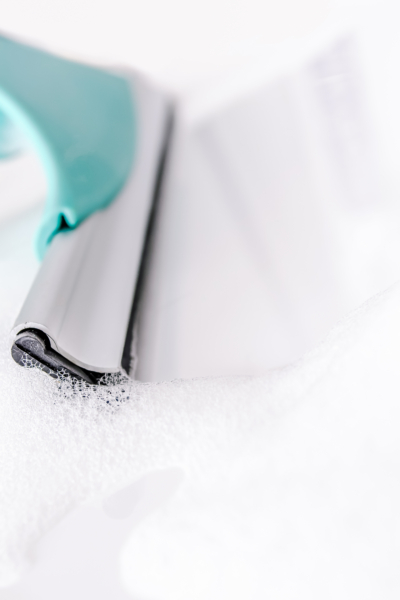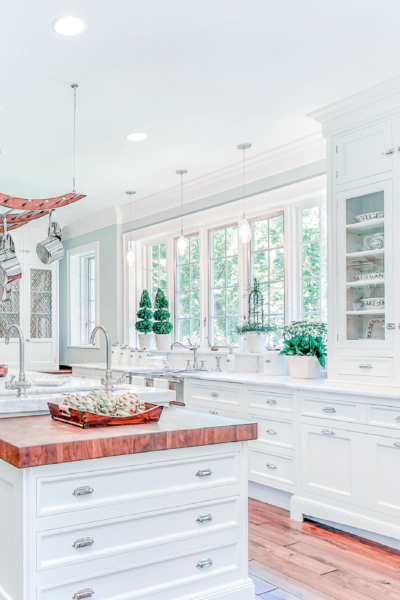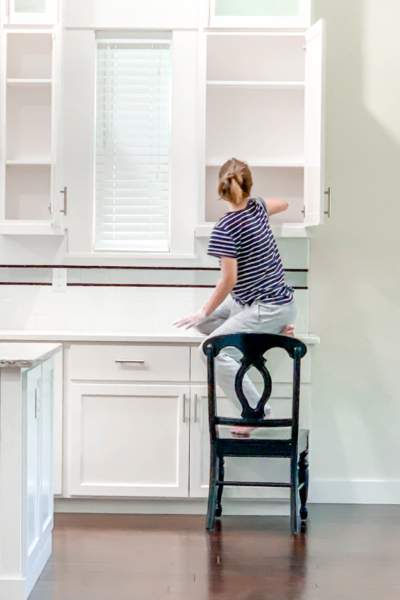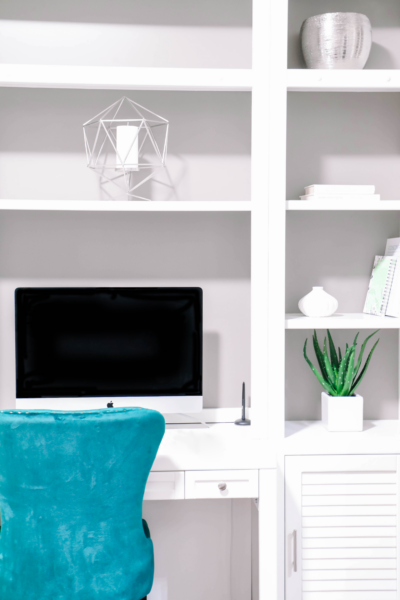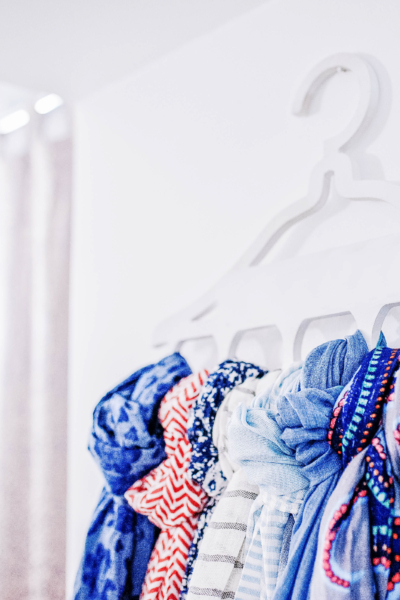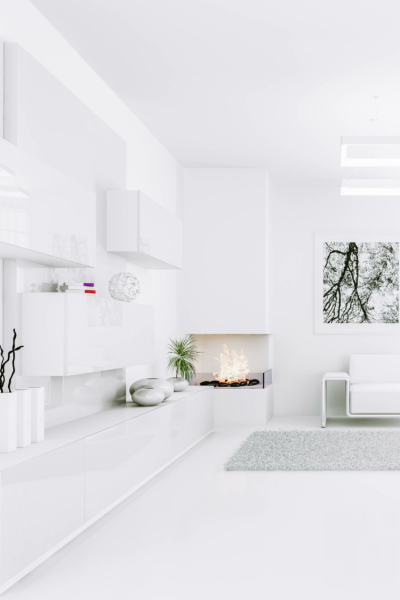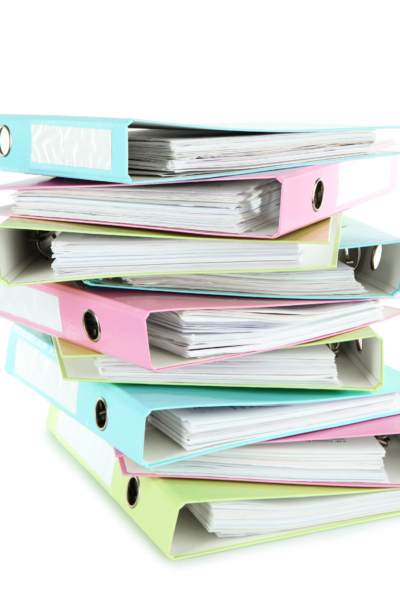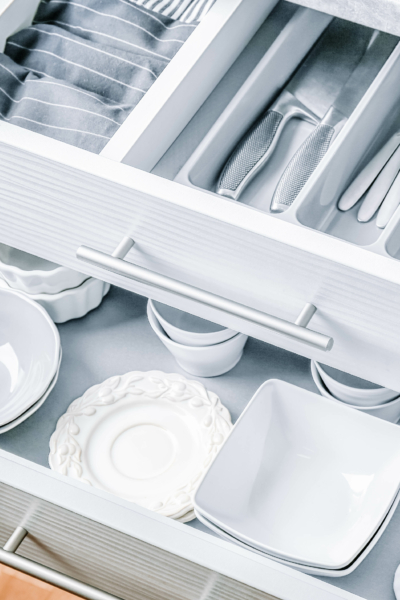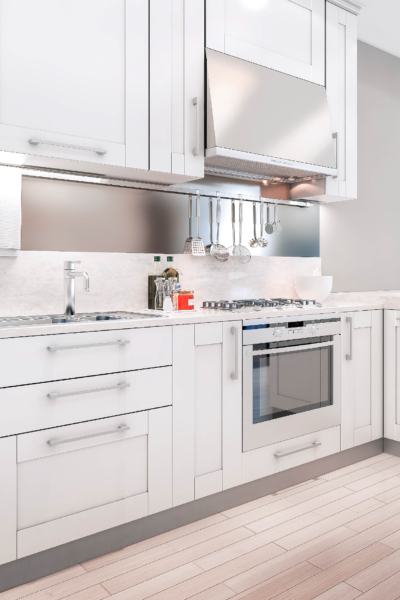There are so many devices out there meant for capturing photos on…from phones to professional cameras and even tablets these days. It’s no wonder many of us have photo overload and more pictures than we know what to do with.
On top of all the digital images, there are the loose prints and old photos that may not have been organized as well. Here are some tips for organizing all the photos you have in your collection.
Photo Overload? Top Tips to Tame the Beast
There are really two types of images that most people have to deal with; digital and print.
How to Organize your Digital Images
Digital images can be very difficult to organize. Being so easy to take, we often keep the camera clicking to get that perfect picture. When it comes time to put them in order, however, you may find your photo sessions a bit tough to handle, not wanting to throw any out. Here are some ideas for how to keep your digital pictures organized…
Don’t save each image
This can be very difficult to do, but get rid of any that are not completely in focus, are very similar (keep the best), or are of nothing all that important. Your overall organization will go smoother if you have a fewer number of images to begin with. Rather than sorting through hundreds of pictures to pick your favorites, get yourself in the habit of deleting those that aren’t perfect as soon as they are taken.
Backup your Photos
Make sure to not just store them on your phone or digital camera. Since both of these can be easily stolen, lost, or damaged. If you use them as a storage device, you are really risking losing them forever. Instead, at least once every couple weeks (if you take frequent pictures) download them to your computer.
I also like to store them in a 3rd place, a flash drive, but that’s only for the really insane girls like me who got an A in extreme preparedness class. No, not really, but if there was such a class, yep, I’d ace it! 🙂
If you don’t have a flash drive, you can also use the cloud. Backing up beyond your computer’s hard drive means that, if your computer were to crash, your pics wouldn’t be gone forever. It’s actually been said that it’s a good idea to have your pictures saved three ways.
Keep in mind that, if you have a favorite company that you upload your images to when it comes time to print, or to create photo gifts, your images are saved on those sites for a limited time. Don’t allow yourself to see that as your only form of online storage. While companies that you may use for printing save your images for a short time, they aren’t committed to hanging on to all of your photos. Go for online storage where you know how much memory you have to use (and can monitor those pictures that come and go.)
Create Files on your Computer
When you create a backup of your files on your computer, organize them in a folder structure in whatever way makes sense for you. Some people like to organize them by date and others by event. By creating separate folders, you can drop the images that you’ve chosen to save into the appropriate category. Be specific when naming your folders so that you’ll be able to find them easily when you want to view your images.
Next, be sure that you’re naming your individual images in ways that will help you to remember why they’re important (and when they were taken). Stay away from generic names like “birthday” or “picnic.” Try to be more specific. Who’s birthday? Where was the picnic? Including a year with your pictures will also help you to keep them in chronological order.
Don’t be afraid to get a little particular. Start with wide themes such as “Summer 2016” and break the folders up into sub-folders such as July 4th 2016 or Ben’s wedding 2016. By breaking seasons down into special events, you’ll not only remember when those events took place, but also be able to remember the order in which you took the pics (which is especially important when looking back at family photos!)
As already mentioned, once you’ve gotten your photos organized on your computer, make sure to back them up so that in the event that your computer crashes, you won’t have lost all your images.
Create Photo Books
One great way to organize your favorite digital pictures or to make a memory book of certain life events is through creating photo books. These projects are fun and easy and can be inexpensive. Groupon and other sites often offer discounts for various photo book companies.
In creating a photo book, using sites such as Mixbook or Snapfish, you simply select the format of the book that you would like to create and allow your creative juices to flow. You upload the pictures that you want to include and drop them into the pages in your preferred format. You’ll then be able to change the backgrounds for your pages and add captions or “stickers” to your pages. The nice thing about creating an online picture book is that you can be as creative or as simplistic as you’d like.
Remember the hours you may have once spent scrapbooking? Creating photo books can provide the same concept at a fraction of the cost…and time!
How to Organize Your Print Photos
No matter how you choose to archive them, if you are not storing your print photos properly, it will be a waste. Here are some tips for getting them organized and storing them so that they will be with you for years to come.
Take Care of your Pictures
When printing your photos, order from printing companies for the best quality. Unless you have a high-quality photo printer and ink meant for pictures, spending a little bit more on good quality paper and ink will make for images that you’re proud to display.
Never store your printed photos in plastic bags, in piles, in shoe boxes, or in envelopes. All of these methods wreck your photos over time. Also make sure that your photos are stored in a temperature regulated room, as over time heat and humidity will cause your images to bend and discolor.
Backup your Prints
If you only have single copies of your favorite prints, make sure to also have them backed up digitally. That way, in the event that they are destroyed, you will still have access to your images.
Backing up your prints is easy and inexpensive. You simply need a scanner, your computer, and a flash drive. Scan each photo individually and save it to your flash drive (or other storage location) under a specific name and date. Then move on to the next image that you wish to save.
Organize in Albums
One of the best places to store your printed photos is in a series of photo albums. The best choice for your albums would be those with acid-free pockets. If you have photos in the older style albums, take them out and get them in these type as well. If you are finding them sticking to the plastic, try sliding floss between the pages or using a hair dryer on a low or cold setting to remove them with care.
Printing your favorite pictures, periodically, and placing them in the order that they were taken, will create a visual history of your family and favorite events. Photo albums are fun for sharing, plus they take great care of your images. Albums can be stored on book shelves, coffee tables, etc. for quick reference when sharing stories.
Creating your Albums
As you develop your photo albums, you may want to create them with different themes. If you have children, then keeping several albums with events in the order that they took place (in your family) will help your kids to remember things from their childhoods. They will also help you to share stories from times your kids may not remember. While such albums are important, there are also other themes that you may want to consider.
Another family theme that you may want to include is a landmark album. This one may hold pictures of births, baptisms, school pictures, photos from your trips, etc. Each of those moments throughout your child’s life is important to hang on to. By creating a special album, you can hold each special moment in one place.
You may also want to create an album of your home. Many families begin changing their home from the moment that they move in. If you are a DIYer, consider taking pictures as soon as you get the keys and taking more each time you do a new project. Keeping your home pictures in a chronological album will help you to remember what your home looked like before you got started on it versus what it currently looks like. Not only is this type of album fun to share, it’s also a good idea to have for security in your investments as evidence of increase in your property value (in the event of fire or natural disaster.)
When you take family vacations you may want to create a small album of your favorite pictures from your trip (or use a single album to display several vacations). Having a separate vacation album will make for a more detailed way to remember what happened each of your trips.
A final theme you may want to consider for your albums is special events. Perhaps you attended a family wedding or family reunion. Creating small albums of events like this help them to stand out when looking through family photos.
Make Good Notes
Go through your photos and make sure you have dates and names of people on them. If you’re writing on the back of your pictures, make sure to use photo-safe ink to write on them. Some ink, if used on the back of your photos, will bleed through the photo paper to your images, making for a less than desirable look.
When writing information about your photos, the best option is to use the memo section of a photo album. This allows you to record important details about your pictures without potentially causing them harm.
How to Display your Prints
Once you’ve created albums and photo books, you’ll want to share them with friends and family. Over the years, however, you’re likely to have a large number of albums with thousands of photos. Consider a small basket to store a few albums in (and put the others into storage or on a book shelf). Rotate those that you have out to share, so that your family and friends aren’t overwhelmed by your library of photo memories.
You may also want to frame individual favorite photos, or create a collage of favorites and use them as home décor (when I was a teen, I had my entire closet door as a collage of my favorite photos. It seems kind of weird to me now, but back then, it was one of my favorite things in my room).
Family photos, vacation pictures, etc. can all add a personal touch to your home while highlighting some of the pictures that you’re especially proud of.
When framing family photos (and using them in your home), you may want to consider designating certain frames as holding updated pictures of the kids, family photos, etc. When you have new pictures taken, take out the old ones (and put them into an album) and replace them with your new prints. That way your pictures are updated and you are able to share your most recent memories. Using the same frames from year to year will mean that they continue to match your home décor and your updated pictures only cost you the amount spent on the print.

